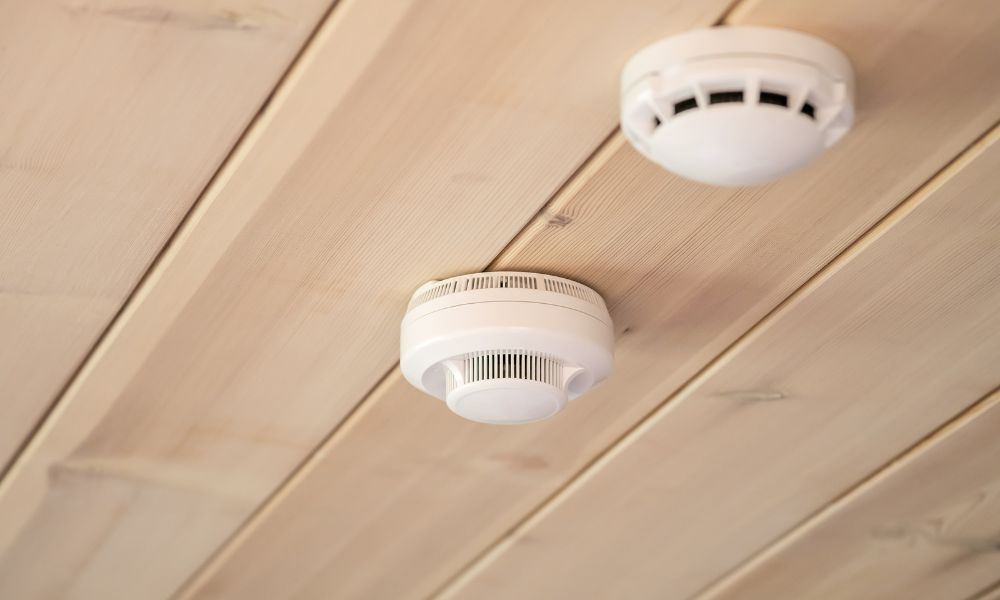

Most people know of carbon monoxide as a colorless, odorless gas that harms thousands of households annually. But there is more to the compound than meets the eye. Here are four intriguing facts about carbon monoxide that you didn’t know.
The history of carbon monoxide began with its discovery between 1772 and 1799. An English chemist and theologian named Joseph Priestley recognized the compound and identified its notable differences from carbon dioxide.
Conversely, Arnold of Villanova was no stranger to the research surrounding carbon monoxide. Arnold was extensively studying the compound centuries before Priestley’s discovery. The alchemist described carbon monoxide as a poisonous gas produced by the incomplete combustion of wood.
Carbon monoxide poisoning is a significant cause of many emergency room visits in the United States. Once the toxin combines with hemoglobin, the reaction produces carboxyhemoglobin, reducing the blood’s oxygen carrying capacity and leading to hypoxia.
Continuous exposure to the compound results in poisoning that happens in gradual increments. The adverse effects can include intense symptoms such as loss of consciousness, mental confusion, vomiting, loss of muscular coordination, and brain damage.
If not corrected, carbon monoxide poisoning can result in fatalities.
Carbon monoxide can react with metals like nickel, cobalt, and iron to create carbonyl compounds. Carbonyls have chemical and physical properties that are useful in industrial settings. The compound is also prominent in the form of water gas and fuel creation.
Home appliances and many other consumer products use fuel, increasing your exposure to carbon monoxide poisoning. Fuel is present in heating systems such as water heaters, portable generators, wood stoves, gas ovens, and fried furnaces.
To protect yourself from carbon monoxide, consider following some best practices, such as serving your furnace and installing a CO alarm.
These intriguing facts about carbon monoxide provide deeper insight into the compound that continues to threaten families nationwide. By protecting yourself, you can mitigate the effects of carbon monoxide on your health.
Additional Resources:
Cells
Atoms
DNA
RNA
When it comes to maintaining or upgrading a home, roofing is often one of the…
When it comes to maintaining the integrity and value of your property, a sturdy roof…
When it comes to maintaining and enhancing the integrity of any structure, the quality of…
Rhode Island, renowned for its scenic coastlines and historic architecture, presents unique challenges and opportunities…
A sturdy roof is a crucial component of any building, serving as the first line…
When it comes to maintaining and improving homes, the roof is one of the most…